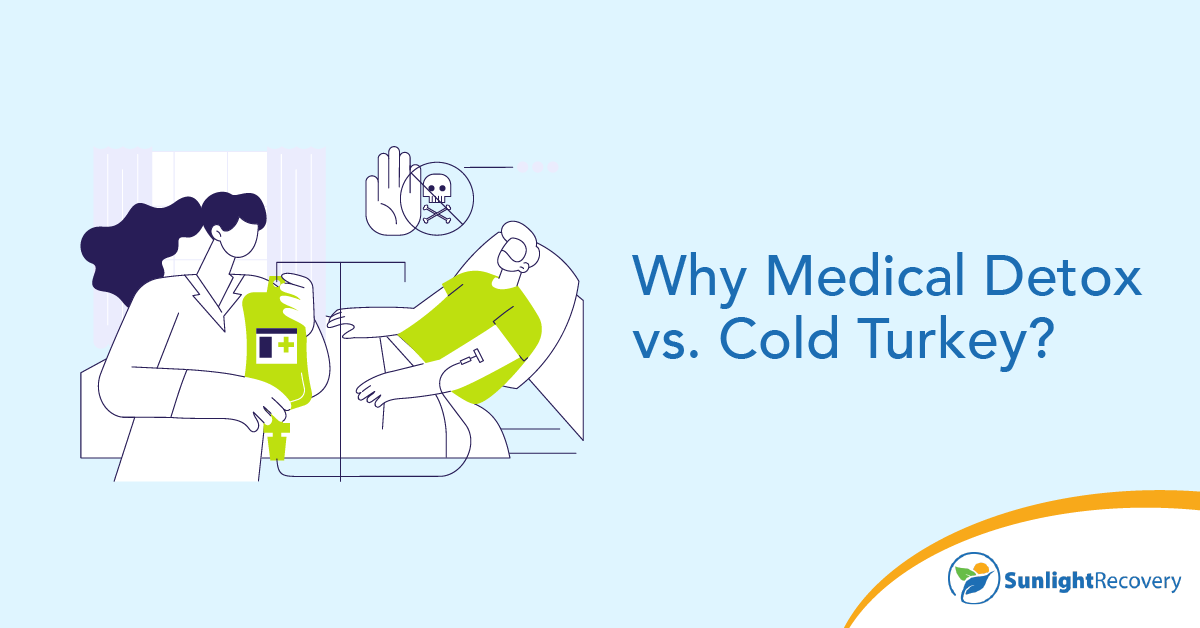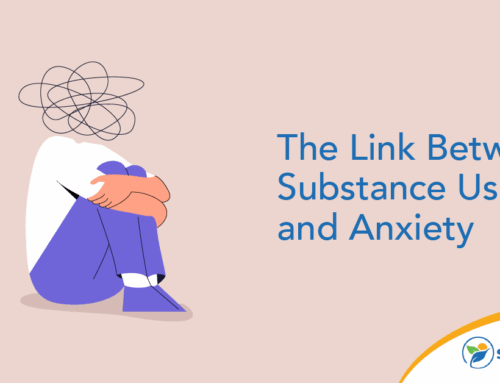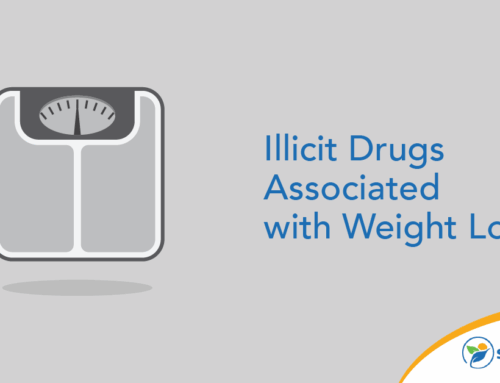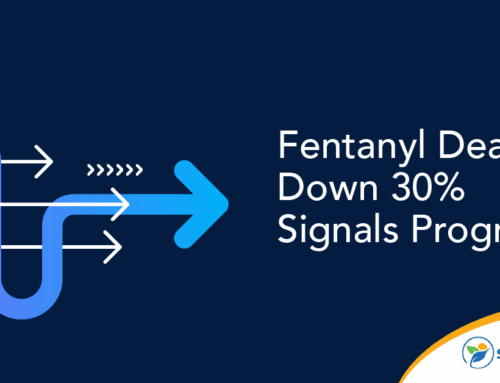Detox is the first stage of recovery from alcohol or drug use. It’s the process through which the body gets rid of the toxins responsible for causing substance dependency. Some people choose to go cold turkey, where they immediately stop using substances and go through withdrawal on their own. Others decide on medically supervised detox so they receive counseling and support during the difficult first few days of getting clean. This article discusses the benefits of medical detox and why it’s safer and more effective than going through withdrawal on your own.
What Is Medical Detox?
Medically supervised detox takes place in a clinic or hospital, where staff can provide medication and psychological support during withdrawal. This is necessary because your body has become physically and psychologically dependent on the substance.
Depending on the substance you’ve been using, withdrawal may cause uncomfortable and debilitating side effects. If you’ve been abusing alcohol or sedatives, there’s a risk of life-threatening seizures, mental health issues or organ damage. During a medically supervised detox, care team members carefully monitor your condition during withdrawal. They administer drugs to ease discomfort and alleviate physical cravings. They’re available to respond immediately to any medical emergency arising from the detox process.
Medical detox is safe and has a high success rate when paired with therapy.
The Dangers of Quitting “Cold Turkey”
Cold turkey means to abruptly quit drugs or alcohol without the help of medication or support. Although quitting cold turkey works, it’s a difficult process to sustain and has inherent risks. Depending on your health at the time and the substance involved, you can die from withdrawal if you quit abruptly.
The first challenge of quitting without support is dealing with cravings. Your brain has become accustomed to the neurological effects of the substance used. When you stop, it sends powerful messages demanding further gratification. This is why the National Library of Medicine describes addiction as a chronic brain disease.
In addition to cravings, you may experience intense withdrawal symptoms such as:
- Anxiety
- Agitation
- Headaches
- Cramps
- Increased heart rate
- Nausea
- Vomiting and diarrhea
- Sweating
- Tremors
Other more serious symptoms can occur, including potentially fatal seizures, confusion and hallucinations. Your body may become dehydrated because of diarrhea or vomiting. These side effects can cause an electrolyte imbalance leading to life-threatening conditions, including organ failure.
Due to the physical discomfort and mental stress individuals experience during unsupervised detox, many give up partway through and start using again.
Why Detox Needs Differ Based on the Substance
The symptoms, treatment and duration of the detox process differ depending on the severity of the dependence, the substance used and how long it remains in the body.
Alcohol Detox
Symptoms of alcohol withdrawal typically peak during the first 72 hours but may continue for weeks. Side effects may include cravings, nausea, anxiety, tremors, fever and hallucinations. There’s also the risk of seizures, so alcohol detox should always be medically supervised. Treatments involve medications to manage anxiety, anticonvulsants to reduce seizure risk and moderate cravings and sedatives to manage high blood pressure and heart rate.
Stimulant Detox
Stimulants include cocaine, crack and amphetamines. The medical team may use antidepressants to reduce symptoms of depression and cravings during the detox process. Sedatives are used to moderate anxiety.
Opioid Detox
Opioid drugs include heroin, morphine, oxycodone, codeine and fentanyl. During detox, the doctor may prescribe methadone or suboxone to reduce withdrawal symptoms along with medication to control cravings, agitation and anxiety.
Sedative Detox
Addiction to benzodiazepine sedatives is widespread. When detoxing, it’s necessary to gradually reduce the dosage, as coming off sedatives too quickly can cause life-threatening seizures and other medical complications such as coma or catatonia.
Benefits of a Supervised Detox Environment
Weaning yourself off drugs or alcohol isn’t easy, and going through the process takes a great deal of courage and determination. The side effects, symptoms and cravings of going cold turkey are extremely difficult to handle and may be dangerous.
Medically supervised detox offers relief from symptoms, security and preventive medical care. You’re monitored 24-7 and provided with appropriate medication to manage your cravings and other withdrawal symptoms. The treatment is tailored to your specific needs.
Benefits of a supervised detox environment include:
- Complete detox. The detox continues until your body is completely free of all addictive drugs and alcohol.
- Symptom relief. You’ll receive the right medications to reduce discomfort and cravings.
- Constant monitoring. The medical team carefully monitors for serious or dangerous complications.
- Better health outcomes. The team ensures you’re properly hydrated and receive proper nutrition.
- Treatment for health conditions. You’ll be treated for any concurrent health issues.
- Supportive care. Emotional and psychological support is provided through counseling and therapy.
- Insurance coverage. Medical detox is typically covered by health insurance plans.
How Medical Detox Sets the Stage for Long-Term Recovery
After detox, your body is free of any traces of the substance you abused. The next phase of recovery involves learning the skills needed to avoid a relapse, together with individual and group therapy. Residential treatment is preferred, although outpatient treatment is also available.
Residential Treatment
A residential treatment program helps individuals get through the critical period after detox when it’s easiest to relapse. Working with your therapist, you learn coping skills and how to recognize and deal with cues or trigger situations that could lead you back into substance abuse. You’ll receive individual and group therapy and ongoing medical care.
Your therapist may use cognitive behavioral therapy (CBT) to help you identify and change negative thoughts and behaviors that contributed to your addiction. You may take part in interpersonal therapy groups focusing on how social interactions affect your mental health. Residential treatment may last for 21 to 90 days.
Outpatient Treatment
If residential treatment isn’t an option, your therapist will suggest intensive outpatient therapy. This approach lets you live at home and deal with day-to-day responsibilities. Depending on the program, you’ll receive between 12 and 30 hours of intensive therapy per week for a minimum of 90 days.
What to Expect During a Medical Detox Program
When you enter a medical detox program at Sunlight Recovery, your therapist conducts a comprehensive evaluation to identify your specific health needs. They develop a care plan based on your needs before admitting you to our clinic for detox. Contact us today to find out more about our addiction recovery programs.







